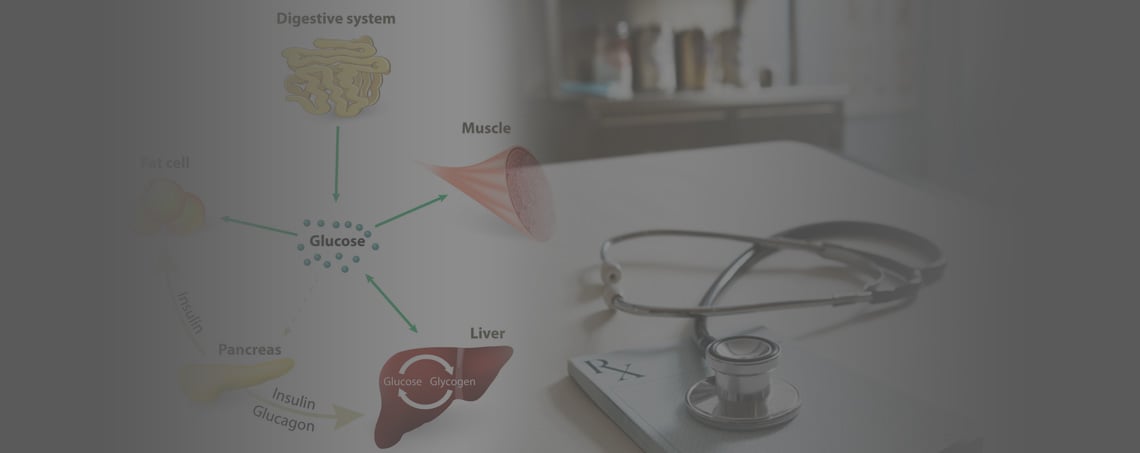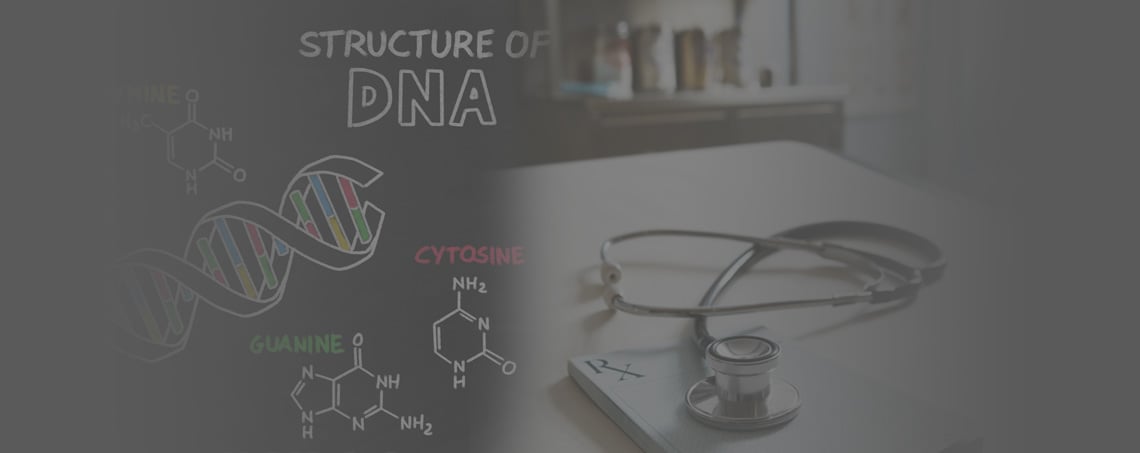Holistic Pain Management | A Search for the Cause of Pain
Holistic pain management looks at not only managing your pain in a way that is non-toxic and non-invasive, but also seeks to find the source or cause of the pain in the context of your whole body. All doctors, holistic or not seek to find the cause of pain and it is from this that they treat. If however you don't look at the body and person in pain from a holistic perspective, the cause is often viewed as a one dimension anatomical moiety. The complex nature of the anatomical body makes finding the cause challenging. Add to this the mental, emotional, and spiritual elements that can and do accompany pain, and "finding the cause" does not appear so easy. However, the body, mind, and spirit give us clues of where to look, how to ask, where to touch, etc. to "find the cause." These clues come in the way of signs and symptoms as we will discuss below. If we are diligent with our search, the cause is revealed.
Your digestion and holistic pain management
Digestion is the process of breakdown and extraction of nutrients from the food you eat into your body. On its way into your body the nutrients encounter a barrier or security system know as your immune system. It is at this level that your digestion plays a role in your pain.
As the nutrients pass from the digestive system into the blood the immune system is screening for any foreign invaders like allergens, microbes, and other things that don't belong. When it encounters proteins from food allergens or sensitivities, it sends a signal to make antibodies and alerts the rest of the immune system. The immune system then puts the body in a pro inflammatory (attack) state locally and throughout. What does this mean for you?
If you are eating things that you are sensitive or allergic to, you may be in more pain as a result. A great way to manage your pain holistically is to find out if you have food allergies or food sensitivities. It may improve your pain level significantly.
A holistic view of your anatomy
The ways in which your muscles, joints, tendons, and connective tissue interact to create movement is nothing more than a marvel. When dysfunction and pain arises in this movement there can be several anatomical explanations for this. The actual location of the pain gives us the initial clue as to what groups of muscles and tendons are involved. We can get further insight when we try to recreate or lessen the pain with certain movements. For example, problems with tendons will get worse with resisted motions or contraction of the corresponding muscle. Joint problems on the other hand get worse with ongoing use, or high impact on the joint, or for no reason at all. An inflamed joint may also get better initially with use. An inflamed tendon will almost always feel worse with contraction of the corresponding  muscle, however. While joints. The extremities almost always follow these patterns. The spine, on the other hand, is much more complex because the proximity to all the nerves.
muscle, however. While joints. The extremities almost always follow these patterns. The spine, on the other hand, is much more complex because the proximity to all the nerves.
Back pain has many origins and therefore many treatments. Because of the numerous muscles and proximity of nerves, back pain can be difficult to isolate. One central theme in back pain is a weak or imbalanced core system. Whether you have bulging discs, degenerative joint disease, degenerative disc disease, spondylolesthesis, strain, sprain in lumbar spine, or chronic back pain of unknown origin, part of the problem can be linked to core muscles. A more holistic way to manage your pain is to identify weakness and strengthen these muscles.
Core muscles are those muscles that stabilize the spine during movement. The most well known of these muscles are the abdominal muscles. However, the 6 pack (rectus abdominus) that many work on is not enough to keep the spine stable during motion. On the front of your body there are 3 additional layers of a muscles traveling in different directions that help stabilize the spine. The abdominal area is just the tip of the iceberg when it comes to core though.
As the diagram above demonstrates, between each vertebrae there are 4-5 different muscles that stabilize the vertebrae to one another and to the ribs. The pelvis and hip muscles help stabilize the spine too. The abdomen, pelvis muscles, and back muscles are the main muscles involved in "core work". Keep in mind that not all core work is a matter of strengthening, it is a matter of balancing the tight areas and the weak areas. A common example is when the hamstrings (on the back of the leg attaching to the back of the pelvis) are tight and the quads (on the front of the leg and attaching to the front of pelvis) are weak. Like a teeter totter the hamstrings pull harder in one direction pulling the pelvis and spine out of place creating inflammation and imbalance. By getting better balance in your skeletal system you can reduce your pain holistically without medication.
Sometimes the location of pain has nothing to do with the cause. For instance, in the case of neuropathic pain the source of pain is a faulty nervous system. In cases of neuropathic pain, the faulty nervous system can sometimes manifest as poor mental and emotional well being as well.
Mental and Emotional Link to Pain
As you may have learned from the many antidepressant commercials, pain and depression are closely linked. Indeed, treating your depression will often improve your pain, but what if you are not depressed? Can we still improve your pain by manipulating the same neurotransmitters that are off in the person that is in pain and also depressed? In short, yes you can.
Antidepressant medications are most effective in those with neuropathic pain but it can also help in patients with non-neuropathic pain. The way in which the antidepressants seem to work is by altering the pain signals to the brain from the area effected. As the nerves in the area receive the signal from the painful area they pass that message up to the central nervous system and on to the brain for interpretation. It is still very unclear exactly how they work, but they seem to work by increasing the amount of seratonin and norepinephrine present in the nerve terminals before it travels up to the brain.
How this effects pain is not clearly understood but the seratonin and norepinephrine could play a role in dulling the pain signals to the brain. It is also likely that these medicines play a role in higher brain centers where the information is being processed like the pleasure centers. Opiates for instance have their pain reducing properties by increasing the amount of dopamine released in the thalamus. By increasing pleasure, the pain is less noticeable. The important insight is perception plays a big role on your pain level. The higher brain centers where pain is interpreted can be altered with a positive outlook. Therefore one holistic pain management technique is to improve someone's pain by increasing their enjoyment in their daily activities. There are many ways to approach this but here are a few to consider:
- Reducing your stress and stressors
- Increasing your time with family and friends,
- Meditation on thankfulness
- Optimize neurotransmitters and mood
- Acupuncture
To learn more about holistic pain management, check out our eBook "Holistic Pain Management: Knowing your Treatment Options." Click below for a free consultation with a phoenix naturopathic doctor.

















